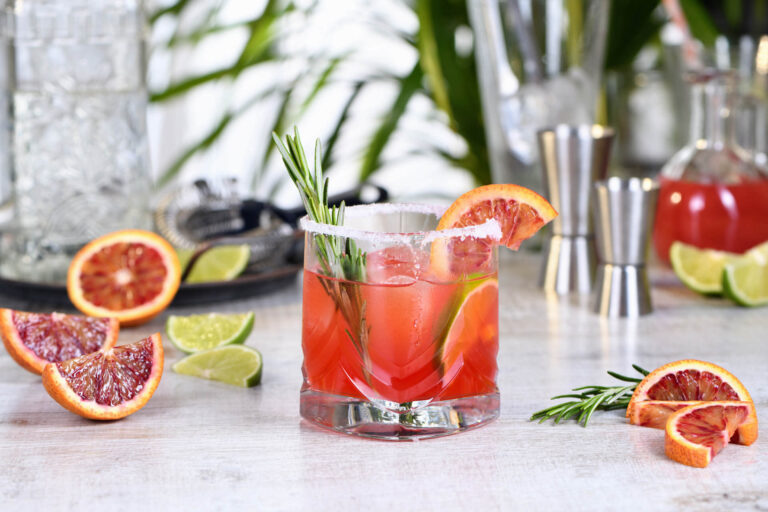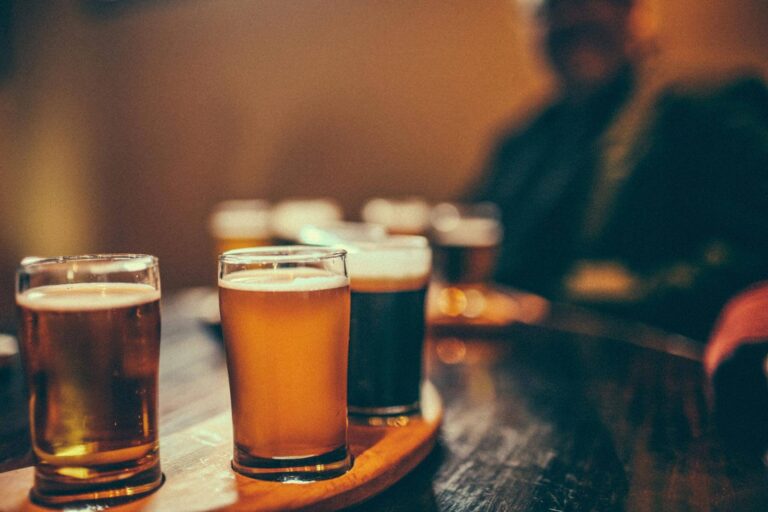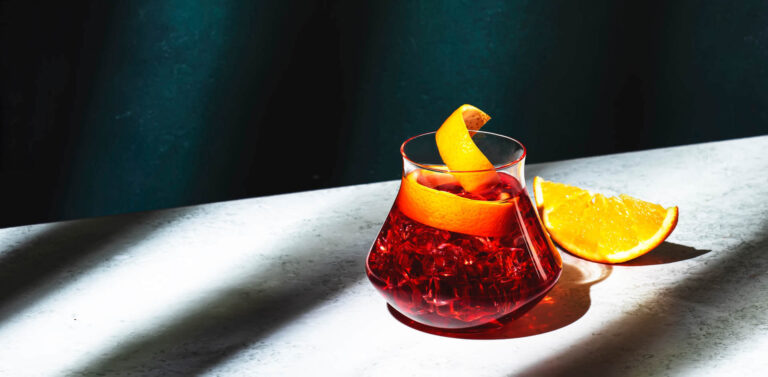11/07/2024
Consumers show preference for downtrading in beverage alcohol, but sentiment is improving in some markets
Key findings from IWSR's latest Bevtrac wave, tracking consumer behaviour and attitudes to beverage alcohol
The dominant themes of moderation and downtrading are continuing to permeate mature beverage alcohol markets during 2024 – but there are brighter prospects in developing beverage alcohol countries, and among the key Millennial age cohort in the US. These consumer sentiment themes are reinforced by data from IWSR’s longitudinal tracking of market performance.
The findings come in IWSR’s Bevtrac 2024 Wave 1 consumer insights tracking, which compares consumer sentiment and attitudes to beverage alcohol in the first half of 2024 with the position 12 months ago across 15 key markets: Australia, Brazil, Canada, China, France, Germany, India, Italy, Japan, Mexico, South Africa, Spain, Taiwan, the UK, and the US.
“A growing focus on health and at-home consumption, combined with a dramatic squeeze on household incomes, pushed consumers into downtrade mode in the first half of 2024,” comments Nastya Timofeeva, Senior Consumer Insights Manager, IWSR. “The changing political landscape in many markets further intensified consumer apprehension about the future, finances and spend on alcohol, which has become a luxury for many. After economic moderation forced consumers to cut spend on alcohol, many consumers are now choosing to maintain this new lifestyle.
“This fundamental structural shift to moderation will continue, with volumes remaining under pressure throughout 2024, although improving consumer finances are likely to reignite the ‘less but better’ premiumisation trend that has characterised the past five years.”
Other findings from IWSR’s Bevtrac 2024 Wave 1 include:
Mature markets subdued
Common themes across most established beverage alcohol markets include improving consumer sentiment, but persistent softness in terms of recalled consumption and spend – with no-alcohol a notable exception.
“In mature alcohol markets, especially in Europe, recalled spend on alcohol remains subdued, despite a notable recovery in sentiment and financial confidence year-on-year – indicative of the growing impact of the moderation trend,” explains Timofeeva.
Moderation: the new normal
The moderation behaviours that surfaced during the Covid-19 pandemic are now becoming entrenched, as the majority of consumers – and, importantly, their social circles – are focusing on general wellbeing, health benefits, going out less, drinking on special occasions only, and generally reducing alcohol intake.
Multiple motivations feed this trend: according to Bevtrac data, 50% of those moderating their consumption are driven by a general prioritisation of wellbeing as well as changes to their social circles and habits; 30% are driven by economic factors; and 20% by health concerns. The result is a reduction in the frequency, intensity and volume of alcohol consumption.
Shrinking repertoires, lighter consumption
For the first time, Bevtrac data is detecting a shrinking of drinking repertoires among younger LDA+ consumers – a consequence of the moderation trend and the cost of living crisis impacting consumer behaviour.
This streamlining phenomenon is particularly notable among LDA Gen Z and Millennial drinkers in Brazil, South Africa and the UK; and, to a lesser extent, in France, Italy, Japan and Mexico.
Repertoire reduction is accompanied by the growth of light consumption outside the US market, where Millennials have returned to the on-trade and socialising. Elsewhere, Bevtrac data clearly indicates the consistent growth of light consumption of full-strength alcohol categories, and spirits, in particular.
No-alcohol continues to shine
This mainstreaming of moderation is accelerating consumers’ adoption of no-alcohol products, especially no-alcohol beer, into their repertoires. No-alcohol is the only category that shows net positive recalled consumption in H1 2024 across 15 Bevtrac markets analysed by IWSR.
The number of drinkers who consume no-alcohol has increased in four of the T15 markets versus 2023 Wave 2, including the UK, India, China and the US – where it has more than doubled off a low base, increasing from 6% to 13%, driven by Millennials and those on higher incomes. Across the T15 markets, the average number of drinkers consuming no-alcohol has risen from 21% to 24%.
Beyond beer, other no-alcohol categories are gaining traction in markets with a more established no-alcohol consumer base. Examples include no-alcohol sparkling wine in Germany and no-alcohol spirits in Italy.
IWSR market data forecasts indicate a +5% Volume CAGR 2023-28 increase for all no-alcohol across the T15 markets, broken down into growth for beer (+6%), wine (+5%) and spirits (+10%).
US Millennials spending again
Thanks to a significant improvement in their financial confidence, Millennials in the US are reviving their participation in spirits – especially premium whiskies and no-alcohol – returning to bars and restaurants, and socialising more.
With more Millennials feeling financially secure and coming back to the on-premise, higher-priced whiskies are becoming a drink of choice for high-tempo occasions.
In 2023, a more cost-conscious consumer and strong competition from US whiskey led to a recalled decline in malt Scotch – but Bevtrac data suggests that the crucial Millennial age cohort is returning to malt Scotch in 2024.
Confident India, cautious China
Economic concerns continue to impact consumer confidence in China (and Taiwan), with de-stocking and downtrading prominent features of the market.
By contrast, total beverage alcohol (TBA) volumes displayed strong momentum in India, with premiumisation evident across most categories. The expectation is for continued robust volume and value growth during 2024 and beyond, with premium+ TBA in India growing by a 2023-28 CAGR of +8% in volume and +9% in value, according to IWSR market data.
Super-premium drives premiumisation evolution
While IWSR expects the long-running premiumisation trend to continue in the longer term, greater resilience is being displayed by products at the higher end of the premium-and-above price segment.
Over the past 12 months, the share of drinkers consuming super-premium has risen in the US (increasing from 39% to 42%) and China (from 43% to 48%), although there were slight reductions in the UK and Taiwan.
“Consumers stating that they spend at super-premium-and-above levels are generally feeling more financially secure, with these populations growing slightly in the US and China in H1 2024 versus H1 2023,” says Timofeeva.
“In China, however, there is a notable shift from previous waves, where even financially insulated consumers are showing a significant decline in their spend on alcohol in general, year-on-year. This is also evident in Taiwan, and in both markets, could potentially be linked to an emerging trend of moderation as a lifestyle choice.”
The above analysis reflects IWSR data from the 2024 data release. For more in-depth data and current analysis, please get in touch.
CATEGORY: All | MARKET: All | TREND: Moderation, Premiumisation |
Interested?
If you’re interested in learning more about our products or solutions, feel free to contact us and a member of our team will get in touch with you.




